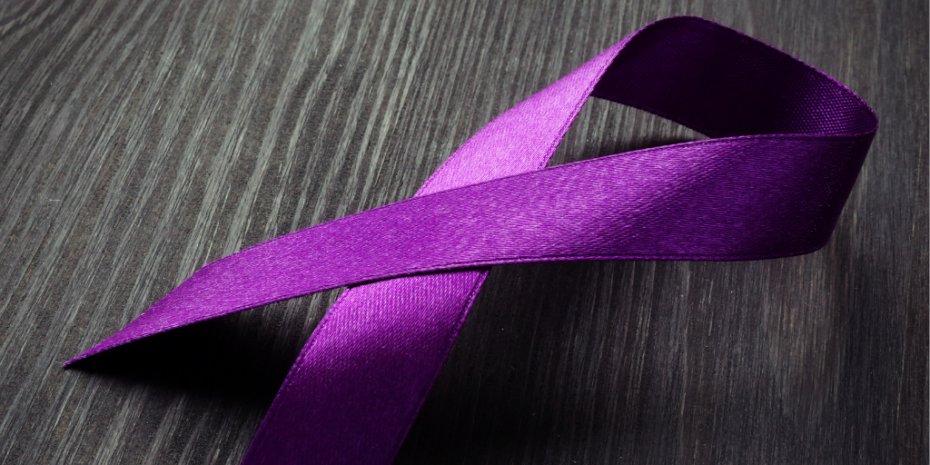Domestic violence impacts both men and women. Over 19,000 calls a day are made to hotlines across the country.
Definition
While you may have heard of “domestic violence”, do you really know what it means? It is critical to understand all that domestic violence includes so that you do not miss the signs that may be in front of you.
Domestic violence is defined by the National Coalition Against Domestic Violence as the “willful intimidation, physical assault, battery, sexual assault, and/or other abusive behavior as part of a systematic pattern of power and control perpetrated by one intimate partner against another. It includes physical violence, sexual violence, psychological violence, and emotional abuse.”
Warning Signs
Do you know how to recognize the signs of relationship abuse? Domestic violence and intimate partner violence are centered around power and control. The National Domestic Violence Hotline shares common abusive behaviors in a partner, including preventing or discouraging you from spending time with others, showing extreme jealousy of time spent away from them, and much more. Take time to become familiar with what to look for so that you can be aware of indicators, both for yourself and your loved ones.
Impact of COVID
As stay-at-home orders went in place across the country, many individuals became trapped at home with abusers, isolated and unable to seek help. As a result, there has been a significant increase in domestic violence throughout the pandemic. Increased stressors surrounding employment, rent and shelter, and now virtual learning are all escalating tensions in the home. They are also barriers to those looking to leave as the support from friends, courts, and shelters that may have once been in place is now limited. Medical professionals now report seeing more severe abuse in emergency departments.
Globally, significant increases in domestic violence cases among marginalized populations have been reported. The United Nations reports that the increase in violence against women and girls has intensified during the pandemic and shares how interpersonal violence rises in times of crisis.
Overall, there has been a dramatic increase in the need for services and assistance, including shelter, food, and basic necessities.
Connection to Human Trafficking
Understanding the similarities and differences between domestic violence and human trafficking is crucial in obtaining the supports and legal remedies needed for survivors. Victims of human trafficking and domestic violence often have experiences and trauma that overlap.
Both abusers and traffickers exert power and control over their victims through physical force and abuse, coercion/false promises, intimidation, threats, emotional abuse, isolation, manipulation, financial/economic control, substance abuse, and forced exploitation.
Someone can be a victim of both domestic violence and human trafficking. Without proper screening and assessment during in-take, identification of their situation may go unnoticed.
Traffickers can be spouses, boyfriends, intimate partners, or family members, and victims can be trafficked for sexual or labor purposes. An abuser can force their victim into sex trafficking or the production of exploitive content. Or, they force them to work and then collect all the wages themselves.
In many communities, domestic violence shelters are the best option for victims seeking to exit a trafficking situation. Domestic violence shelters can receive training to understand how they are uniquely positioned to respond to victims of human trafficking. Often, these shelters are already serving clients who have experienced sex and/or labor trafficking, though they may not have self-identified as trafficking victims.
Domestic violence shelters are uniquely positioned to work with the community to address intimate partner violence and human trafficking.
If you or anyone you know is in need of help, contact the National Domestic Violence Hotline at 1-800-799-SAFE (7233) or visit https://www.thehotline.org/ to chat.
Additional Resources:
National Domestic Violence Hotline
National Center Against Domestic Violence
CDC: Support for People Experiencing Abuse | Intimate Partner Violence | Sexual Violence

